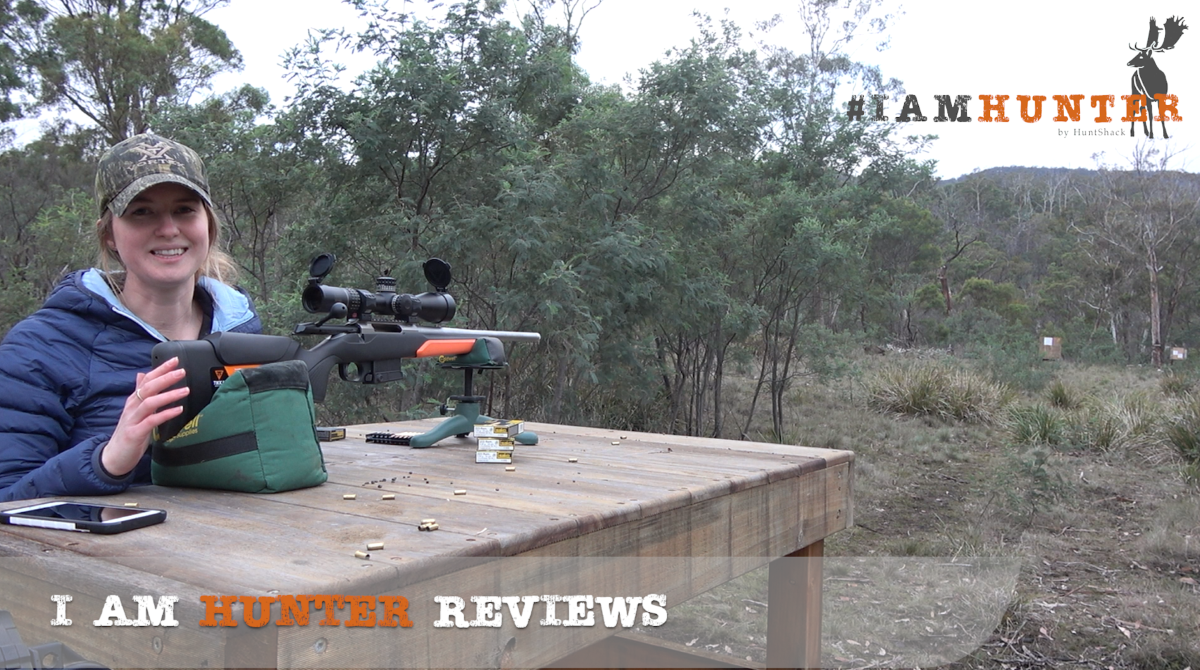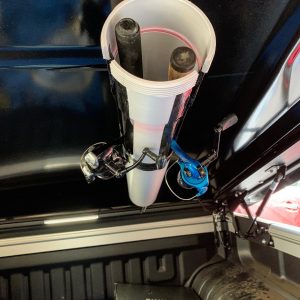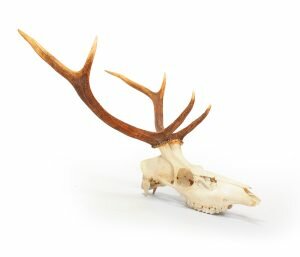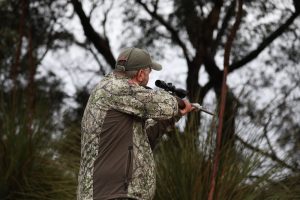So by now you’ve probably watched dad’s unboxing and review of the Burris XTR II 3-15×50. After dad mounted it on the new Tikka T3x Compact Tactical Rifle (CTR) .223, I took it down to the range at the farm to get it sighted in at 100m.
Now I’ll give you fair warning, if you are a shooting expert or technical junkie, this video is probably not for you. It will only make you cringe. This video is for anyone who would like to learn or for anyone who wants to watch me struggle my way through sighting in a rifle on my own for the first time.
I really hope that you learn something useful or at the very least that it gives you some encouragement to get out there and give it a go regardless of your level of experience. Don’t ever feel like you can’t give something a try just because you’re not an expert. We all start from somewhere.
Sighting in
The first thing I did was to try and get the rifle hitting the paper at 50m. I set up a target and took 3 shots. The rifle was shooting approx. 2 foot below the target. To be honest, I’m really not sure why it was shooting quite so low. It was possibly because the Burris XTR signature rings on the picatinny rail have the scope sitting quite high.
Regardless of why, I had to make a full upwards rotation (25 MOA) of the vertical turret back to the zero marking. This had the rifle hitting the bottom of the paper. From there, I could measure (albeit incorrectly) the adjustment I needed to make to hit the bullseye using the inch markings on the Atac Pro target.
This scope has a 1/4 MOA (Minute of Angle) adjustment per ‘click’ of the turret knob. So, four clicks equals one full MOA. One full rotation of the turret knob is 100 clicks or 25 MOA. Hopefully the image below of the turret will help to explain this better.

Once I had hit paper, I could measure that the point of impact needed to move up 6 inches (see video at 8:40). At 100 yards, one MOA measures approx. 1 inch (1.047 inches precisely). But, one MOA at 50 yards is only 0.5 inches. This is because MOA is an angular measurement so the further you get from the point of origin (in this case the rifle), the larger the actual distance that same one minute of angle is measuring*.
*from the future Jess who now knows a little more about MOA than she did while filming this video

To move the point of impact 6 inches at 50 yards, I needed to turn the turret knob 12 MOA (or 48 clicks) upwards. Instead, I only turned it up 6 MOA because I didn’t understand the difference that distance made to the physical measurement of 1 MOA (i.e. 0.5 inches at 50 yards vs. 1 inch at 100 yards). So, the point of impact only moved half the distance it needed to (see video at 10:55).
Once the point of impact was essentially hitting the bullseye, I moved out to the 100 yard target. From there it was only small adjustments of 2-3 clicks that needed to be made. Dad took the rifle out for some crop protection shooting this week and was getting 80-100m head shots on wallabies. He was really impressed with the rifle itself and the scope – I’ll try and get him to write his thoughts about it down in a post for you guys!
It was frustrating watching over the video and realising my mistakes but it was also really useful to see where I had gone wrong and to now actually understand why it didn’t work/what adjustments I should have been making.
If you’re still wondering what the heck I’m talking about with MOA and turrets and adjustments, don’t freak out. None of the mistakes that I made really mattered that much. Sure, I could’ve sighted the rifle in a lot quicker and with less rounds if I properly understood how to accurately translate the physical measurement (in inches on the target) to the numbers on the scope (minute of angle values) before I went to the range. But, a bit of trial and error while doing it myself and some reading after the fact meant that I actually understood what was happening and why.
I really hope that this article has helped you to understand MOA a little bit better or if nothing else that it has encouraged you to get down to the range and have a go yourself. Don’t stress too much if you are not 100% confident in your understanding of the technical side of MOA. Regardless of your level of knowledge, turning the turret one way is going to move the point of impact up and turning it the opposite way will move it down 😉 The same with your left and right adjustments.
Reviewing the scope

When we first pulled the Burris XTR II out of the box, it looked like a really well made scope. The glass was insanely clear, the reticle was crisp and the turret knob adjustments felt really clean and accurate.
After taking it down to the range, I was even more impressed. The last 3 shots I took were at the steel gong we have sitting at 100m. It’s a 3 inch plate and light was so low by that point that I couldn’t actually see the gong with my eyes. Through the scope it was still perfectly clear. I got 3 hits for 3 shots and called it a night before my fingers fell off from the cold.
The 50mm objective does its job allowing as much light as possible in but the high grade glass is next level when it comes to maintaining brightness even in really low light conditions.
The illuminated reticle is the best one I’ve seen by far. We have a few illuminated scopes for spotlighting and crop protection shooting. Most of them have nice bright illumination but I find it really hard to maintain real precision because they cause a kind of glow around the dot or increment markings on the reticle. I’m not sure what kind of magical unicorn crayon they used to mark the illumination on the Burris XTR but the lines are ridiculously crisp (see video at 3:45) meaning you don’t lose any accuracy or precision at all.
The last thing I really like about the Burris scopes is something we haven’t had to use – the Forever Warranty (no questions asked). When you’re going to drop a decent amount of money on a scope, you want to know that it is going to last. Burris are so confident in the quality of their scopes that they’ll repair or replace your scope if it is damaged or defective. You don’t need a bit of paper with a warranty on it, you don’t need the receipt, you don’t even have to be the original owner. They will honour the warranty no questions asked.
Reviewing the rifle

The Tikka T3x CTR itself is a little workhorse. It has a 20″ barrel which is the perfect combination for compactness without sacrificing too much accuracy over distance. As I said in the video, this setup is primarily going to be for crop protection and spotlighting. This means a lot of movement through thick bush and in and out of vehicles. A standard 24″ hunting barrel just gets banged around too much with that kind of shooting. The heavy tactical barrel on this rifle is also really good for the high volume shooting that we’ll be doing.
At the range (as long as I was doing my part right), it was shooting sub 1-inch groups at 50m and 100m. Dad took it out spotlighting this week and was getting consistent head shots on wallabies at 80-100m. We’ll give you guys some more feedback on the rifle as we get it out and give it a good run through.
The gear used in the video

Tikka T3x CTR .223
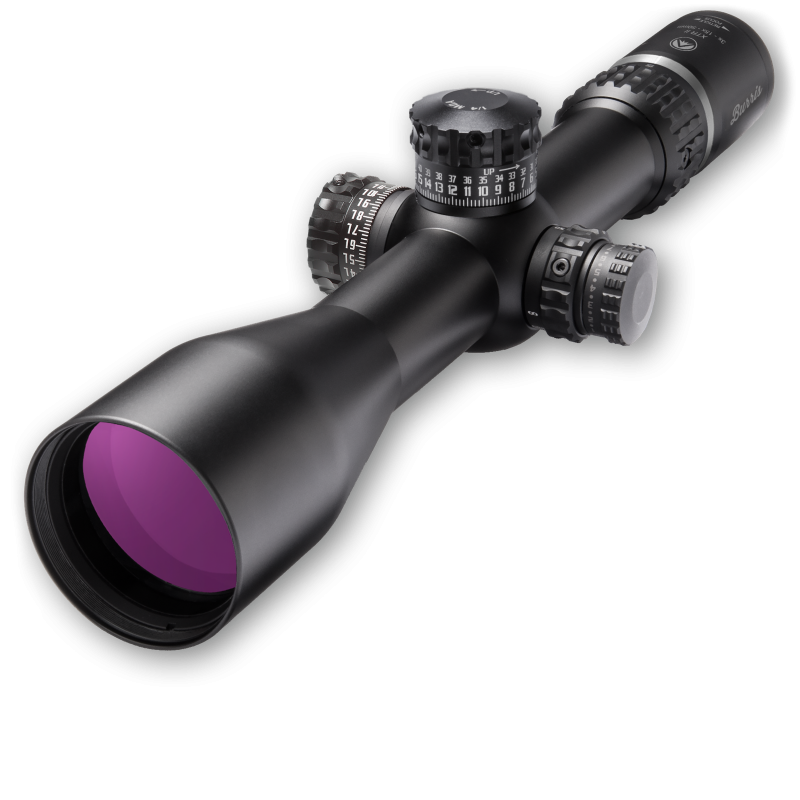
Burris XTR II 3-15x50
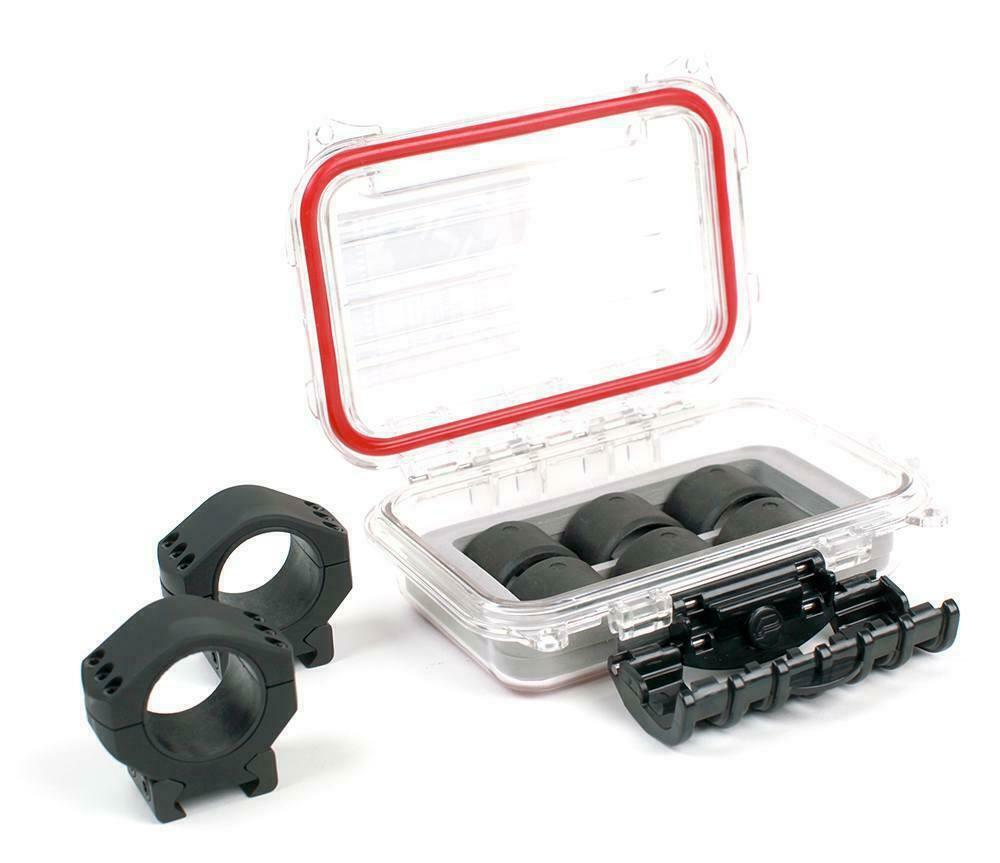
Burris XTR Signature Rings

Walker's Electronic Earbuds
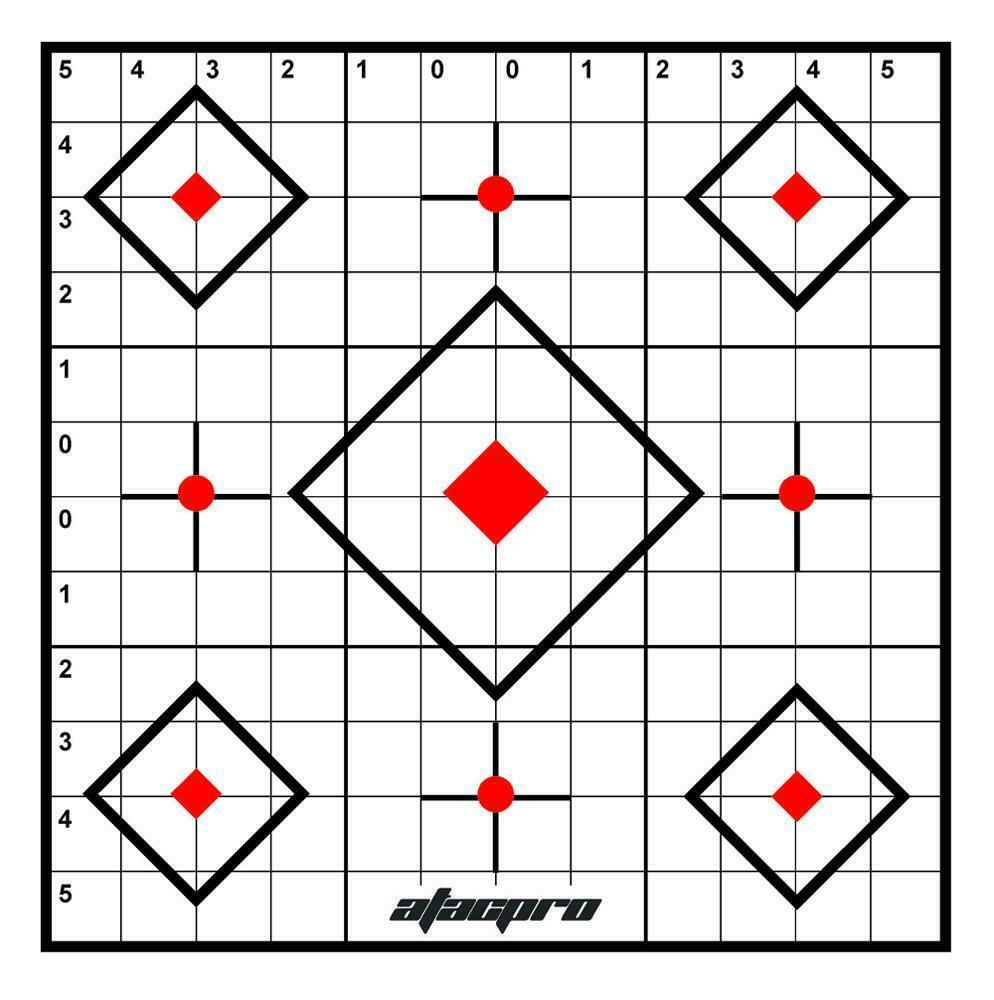
Atac Pro 100 Yard Targets
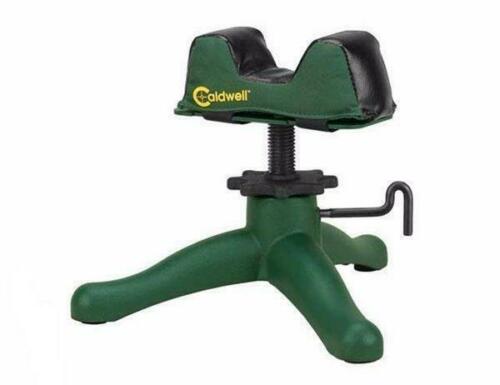
Caldwell Front Rest

Caldwell Front & Rear Sandbag
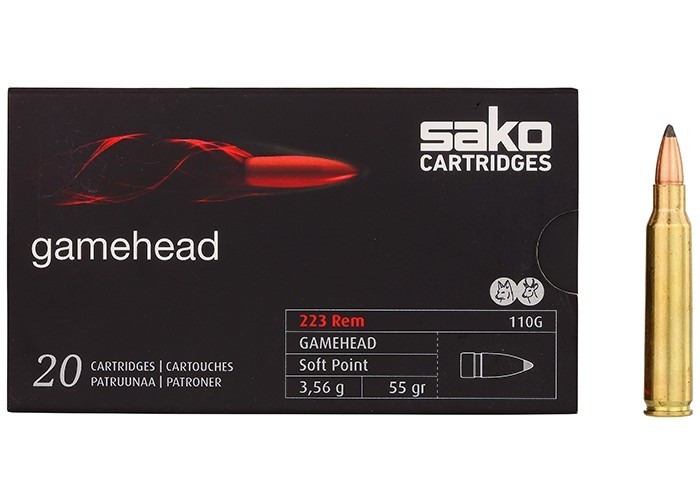
Sako Gamehead 223 Remington 55gr Rounds
What is I Am Hunter?
I Am Hunter wants to change the way hunting is perceived and to change the conversation from a negative one driven by anti-hunters to a positive one led by hunters.
Our goal is to help hunters become positive role models and ambassadors for hunting, while simultaneously helping non-hunters understand why hunting is important.
You can become a supporter and help us achieve our goal and spread a positive message about hunting with the wider community.
Related content
If you would like to know more about hunting wallabies, kangaroos or deer in Tasmania, check out these related articles and podcasts.
Our other channels
Follow us on Facebook
Follow us on Instagram
YouTube
Subscribe to our YouTube channel.
Get our newsletter
Get our free monthly newsletter direct to your inbox
Listen on iTunes
Listen to our podcast on iTunes.
TV series
Watch I Am Hunter episodes on My Outdoor TV (MOTV)

